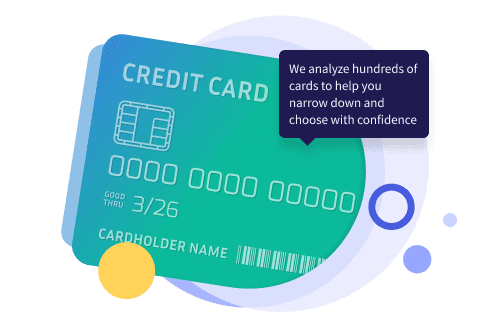You can still transfer balances if your credit score is between 300 and 579, but your options will be limited. Unfortunately, the best balance transfer offers are reserved for those with good-to-excellent credit ratings.
Getting a balance transfer 0% offer is difficult for individuals with bad credit due to their perceived high risk. You are likely to be limited to cards with high interest rates, low credit limits and high fees. If you’re hard-pressed to find a credit card that could give you a decent offer, try personal or debt consolidation loans. These loans offer lower interest rates than your standard credit card.
If neither a loan nor a credit card fits your situation, consider consulting with a credit counselor or exploring debt management plans as direct, actionable alternatives.













